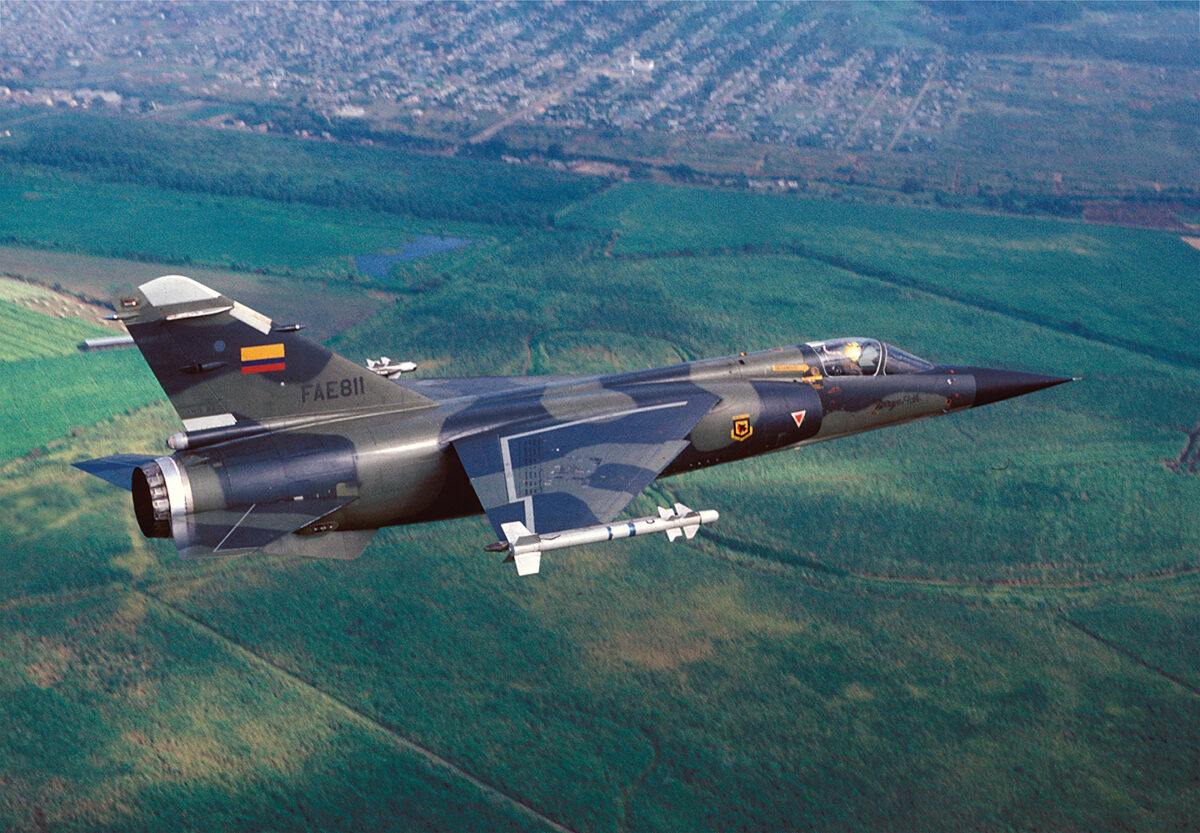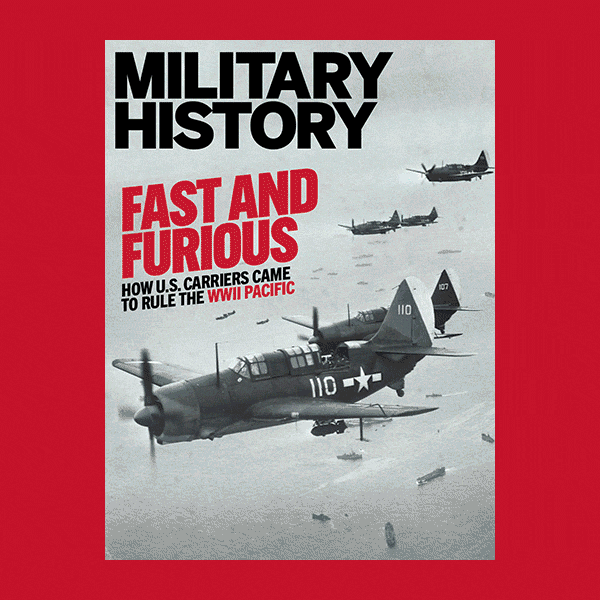There it was again. He was sure of it now. Muffled by the dense Amazonian undergrowth came the low rumbling of a vehicle moving at barely a crawl. Ecuadorian Corporal 1st Class José Maria Marasco froze stock-still in his outpost as he tried to determine the vehicle’s direction of movement. It seemed closer now, and he could hear the snapping of branches beneath the vehicle’s tires. Then he heard their muted voices—the hated Peruvians. An officer giving orders. A sergeant giving directions. And they were all coming toward him. The war he knew was coming had arrived in the Cenepa Valley.
Marasco whispered what he heard and saw into the mouthpiece of his landline and then silently made his way back to his unit.
Ecuadorian and Peruvian units had patrolled the disputed valley for years without incident, despite their mutual hatred. Sometimes their officers even got together for talks. Then, in 1995, Peruvian forces invaded the disputed area, seeking to evict the Ecuadorian troops dug in on the high ground overlooking the river basin.
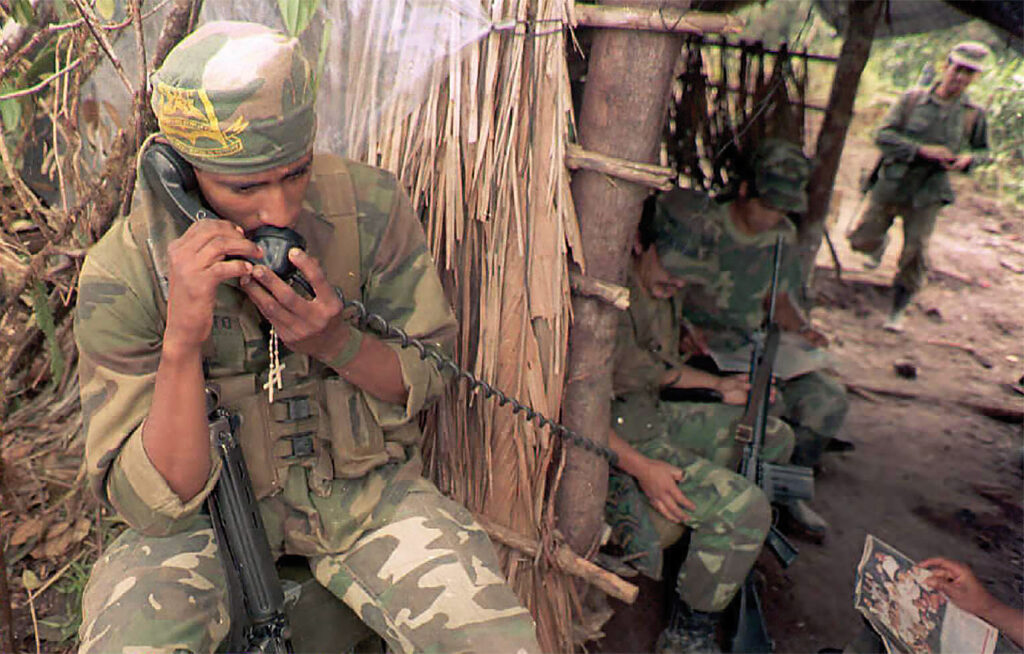
The Cenepa War, a fierce little fight of 34 days, was the latest in a series of wars between the South American neighbors over their disputed boundary. The two had most recently come to blows in 1941 and 1981. Ecuador had not defeated Peru since the 1829 Battle of Tarqui.
Bolívar’s Role
Though Simón Bolívar is memorialized as the “Liberator” who freed what would become Peru and Ecuador from Spanish colonial rule, he ironically sowed the seeds of the Cenepa War via territorial claims when carving out his idealistic united state of Gran Colombia in 1819.
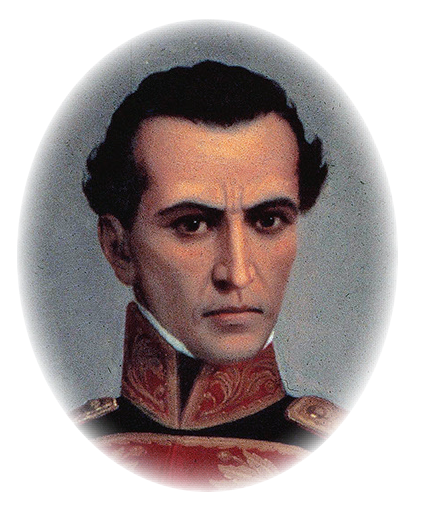
The dispute was a complex one, dating from Spain’s colonial rule, when Madrid oversaw most of Latin America through its Viceroyalties of Peru and New Granada and many smaller political units. Spain frequently changed the borders and responsibilities of the viceroyalties to ease the administration of its colonies and deal with Portuguese incursions along the Amazon River. One such change occurred in 1802 when a royal decree transferred much of what comprises present-day Ecuador to the jurisdiction of Peru. In 1803 another royal decree transferred jurisdiction of the province of Guayaquil to Peru. Based on these decrees, Peru claimed the disputed lands on the legal principle of uti possidetis (as you possess, so shall you possess). However, in 1819 the Liberator, Simón Bolívar, through the Congress of Angostura, claimed the province of Quito (in present-day Ecuador) and parts of Jaén and Maynas provinces (in present-day Peru) for his Gran Colombia.
Ten years later an army under Marshal José de la Mar, president of a newly independent Peru, attempted to seize southern Ecuador. However, a Gran Colombian army under Grand Marshal Antonio José de Sucre beat back the Peruvians at the Battle of Tarqui and forced de la Mar to sign the Treaty of Girón, by which Peru recognized the boundary as it had existed in 1810. That treaty, however, did not resolve the dispute.
Over the next century Ecuador and Peru argued and sometimes battled one another for control of the disputed lands. At one point Peru seized the port of Guayaquil in retaliation for Ecuadorian incursions. Each sought to exploit the other’s internal political problems. On several occasions the parties asked the king of Spain to arbitrate. In 1936 the United States offered to arbitrate the dispute. Those efforts came to naught, and in 1938 Peruvian and Ecuadorian troops again engaged in border skirmishes.
In July 1941, taking advantage of the world situation and the United States’ distraction with events in Europe, Peru marched against Ecuadorian outposts in Casitas, Cero del Concho and elsewhere. The Peruvian commander, Brig. Gen. Eloy G. Ureta, was so insistent on an offensive operation that he’d threatened to march his troops against his own government were he not permitted to attack the Ecuadorians.
Peru greatly overmatched Ecuador in military might. It had modernized and reorganized its army, while Ecuador had not. Within weeks the Ecuadorian army was a fantasy. Although Peru suspended its operations to capture Guayaquil, abiding by the terms of a July 31 cease-fire between the belligerents, it nevertheless managed to seize the Ecuadorian province of El Oro.
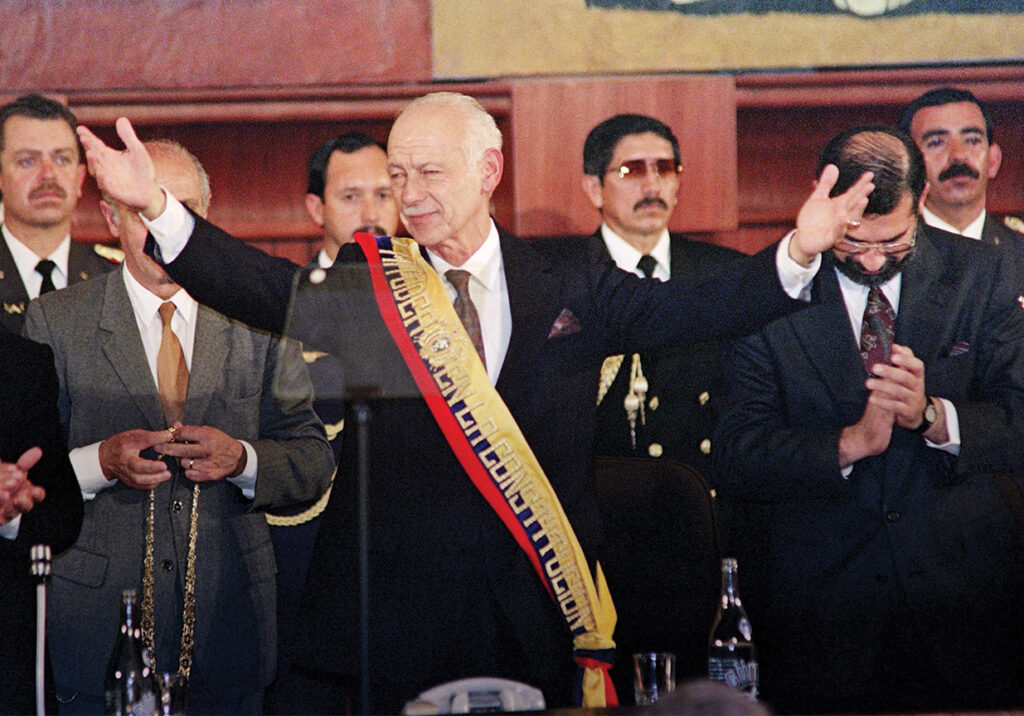
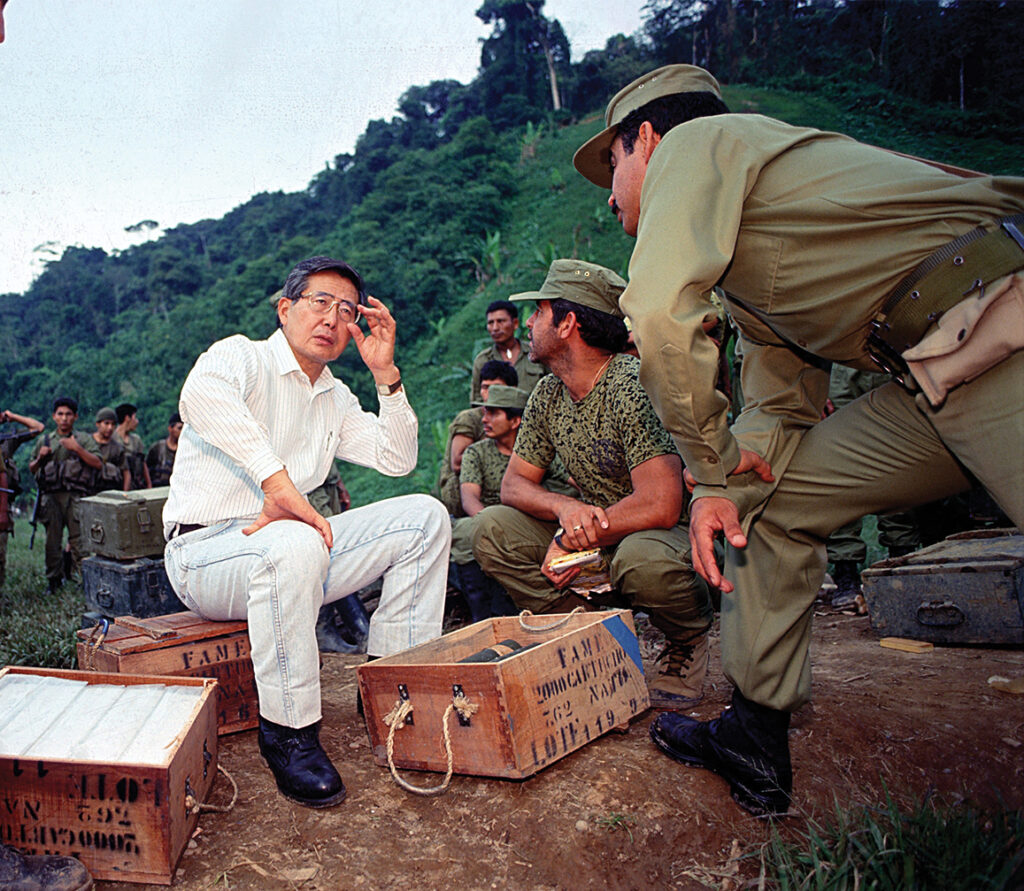
In January 1942 the foreign ministers of Peru and Ecuador, together with representatives from the United States, Brazil, Argentina and Chile, hammered out the Rio de Janeiro Protocol, under the terms of which Peru evacuated El Oro province but retained control of Jaén, Maynas and Tumbes provinces.
That remained the status quo until Jan. 22, 1981, when Ecuadorian troops in the Cordillera del Cóndor of the Andes Mountains fired on a Peruvian reconnaissance helicopter. A day later they fired on another Peruvian reconnaissance chopper. Meanwhile, in the Cenepa Valley, Ecuadorian troops occupied three abandoned Peruvian outposts.
Ecuador justified its presence and actions, arguing that though the Rio Protocol had called for demarcation of their respective borders, that process remained incomplete, and unaccounted terrain features made what had been surveyed inaccurate. Thus, it argued, the 1942 agreement was invalid. Peru insisted the agreement did remain valid, and Ecuador had no legitimate complaint.
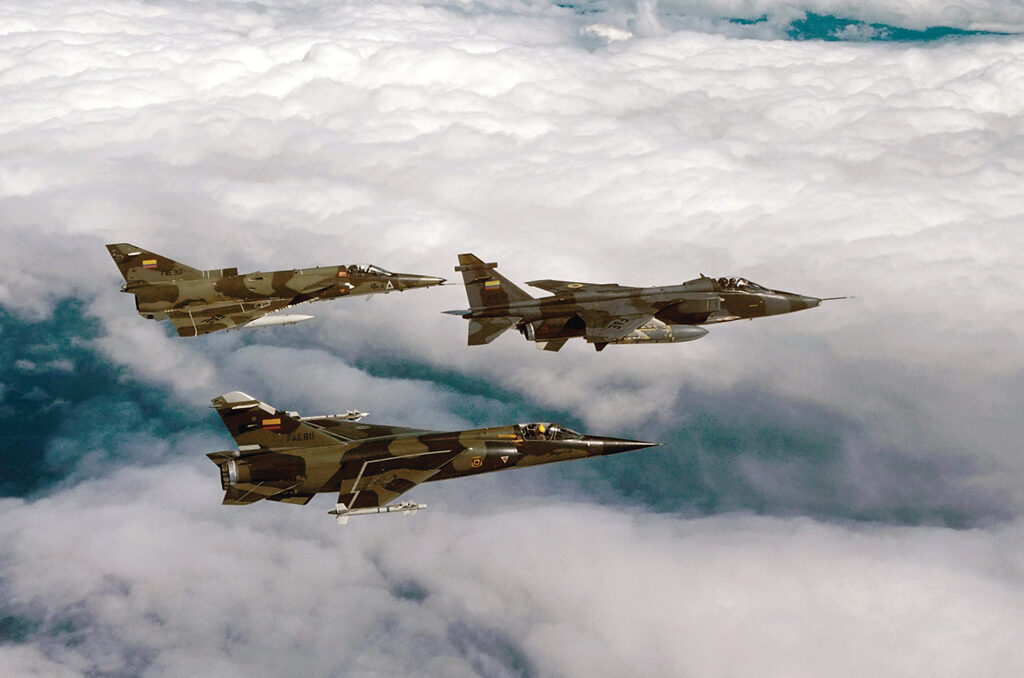
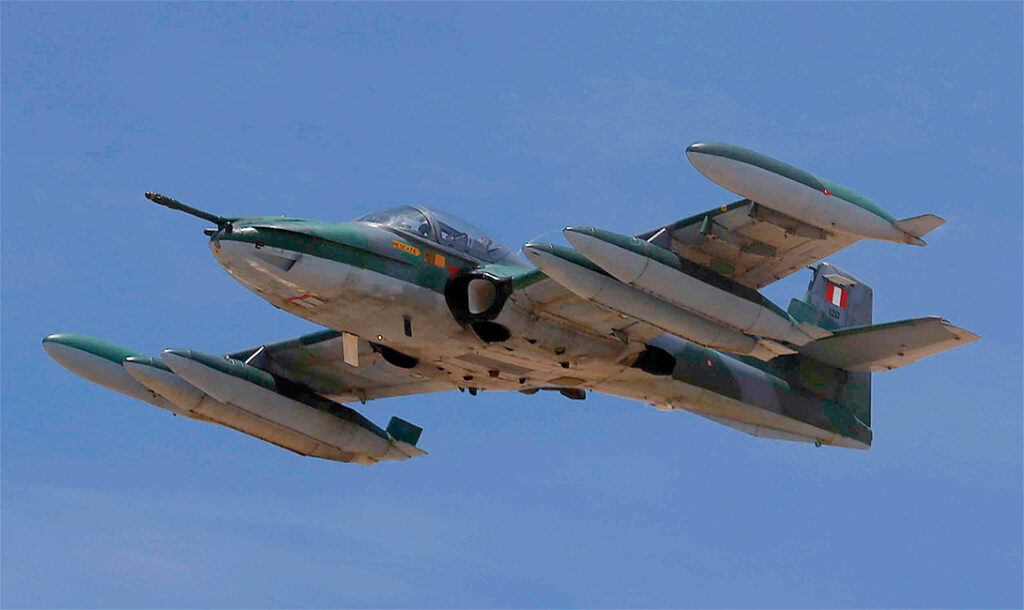
Peru, still militarily superior to Ecuador, resolved to retake its outposts and evict the Ecuadorians from the valley. Ever since its 1932–33 drubbing by Colombia over territory in the Amazon rainforest, Peru paid particular attention to its military: rebuilding it, retraining it, rearming it, and obtaining professional military advice from such European powers as France and Italy. In contrast, Ecuador used its military primarily to suppress internal unrest and failed to heed the threat posed by its historical enemy. In short, Peru prepared for war, Ecuador did not.
The results were painfully predictable and humiliating for Ecuador. At the outset of what became known as the Paquisha War, Peru twice attempted to assault the namesake Ecuadorian-held outpost before abandoning its efforts. On the third attempt, however, a Peruvian helicopter armed with rockets destroyed an Ecuadorian anti-aircraft battery, allowing helicopter-borne Peruvian soldiers to land and engage the Ecuadorians, driving them off after a short but intense firefight. A day later, on January 30, the Peruvians assaulted a second Ecuadorian outpost using attack helicopters and fighter-bombers. Landing air assault troops, the Peruvians quickly drove off the Ecuadorians. On February 1 the Peruvians recovered the third outpost.
The same scenario applied when the Peruvians attacked three more outposts occupied by Ecuadorian troops in the interim. Ecuador, lacking air support, was unable to respond and forced to abandon its positions and much of its equipment. Each side lost more than a dozen killed and two dozen wounded.
Ecuador had learned its lesson. When it instigated the next war, in 1995, it came prepared. In early January Ecuadorians seized the high ground in the Cenepa Valley and dug in. They had modern weapons, including anti-aircraft missiles and significant modern air assets, including French-built Dassault Mirage F1JA and F1JE fighters with air-to-air missiles and Israel Aircraft Industries Kfir C.2 and TC.2 fighters. They changed their tactics as well. Instead of directly confronting the Peruvians, as they had in the past, the Ecuadorians employed ambush and hit-and-run tactics, which one authority likened to tactics utilized by the Viet Cong in Vietnam. The Ecuadorian strategy was the same as in previous encounters in the disputed region: occupy positions Peru had abandoned in order to fight the Maoist Shining Path insurgency elsewhere. Ecuador would thus present a fait accompli to anyone interested, especially Peru. The challenge to Ecuador was to hold those positions.
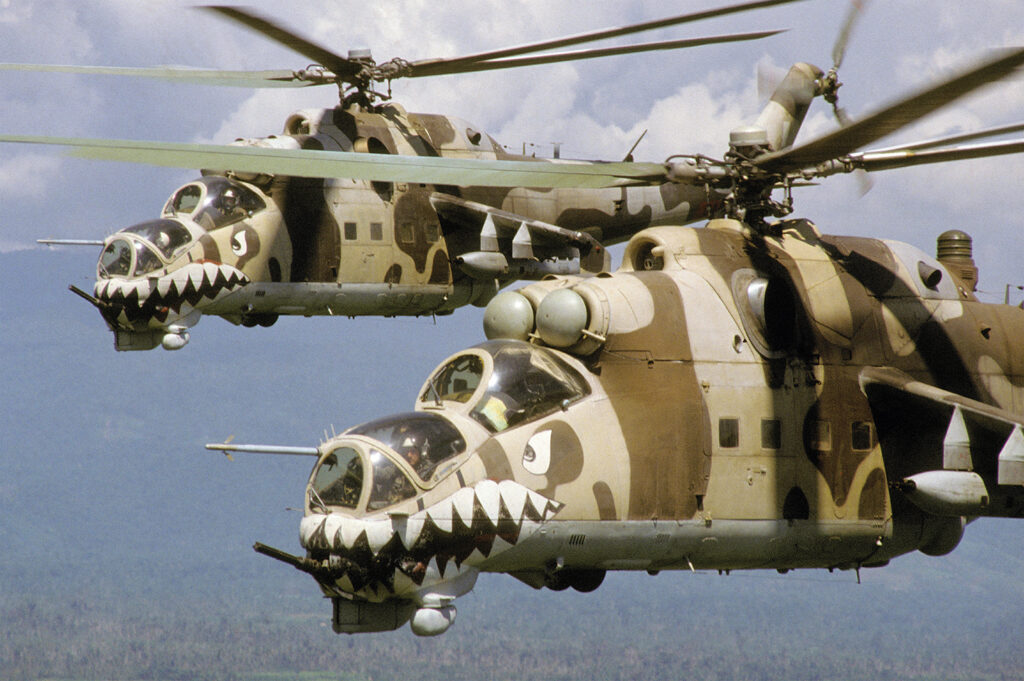
The disputed area is roughly the size of the District of Columbia, less than 60 square miles, and lies approximately 50 miles east of the Ecuadorian city of Loja and 60 miles southeast of Cuenca. The Peruvian capital of Lima is about 600 miles to the south. The Cenepa River drains its watershed and ultimately sends its flow to the Amazon. The Cenepa basin is ringed by mountains, notably the Cordillera del Cóndor to the west. The very northern tip of the disputed area is a salient flanked by undisputed Ecuadorian territory. It is blanketed in dense jungle, some of which had never seen a human footprint other than those of the indigenous peoples. Indeed, many of those killed in the conflict weren’t found until years later, while others remain missing. Ecuador chose to begin offensive operations in this seemingly impenetrable salient.
Aided by Israeli advisers, Ecuadorian special forces units infiltrated and seized the Peruvian outposts at Tiwintza, Base Sur and Cueva de los Tayos, which were little more than clearings in the jungle large enough to accommodate a helicopter and a small garrison.
The Ecuadorians took position on high ground in the 6,500-foot Cóndor range. There they placed artillery that could effectively sweep the basin below and laid land mines to solidify their positions. They also made good use of the jungle canopy, which provided cover and concealment from Peruvian aircraft. The prevailing weather was also on their side. Cloud cover and rain often prevented effective use of the numerically superior Peruvian air assets. The Ecuadorians exploited their interior lines for good communication. They also used GPS to pinpoint targets and took a page from the U.S. Army’s AirLand Battle doctrine. Utilizing roads through the Cóndor mountains, the Ecuadorians made excellent use of their logistical support system. The Peruvians were limited to long-distance helicopter airlifts.
Ecuador quickly established air superiority. Peru would lose a reported seven aircraft altogether: one medium bomber, two fighter-bombers, one light attack aircraft and at least three helicopters. The Ecuadorian air force suffered only damage to one light attack aircraft.
Peru’s military resources were numerically superior in almost every respect. But after more than 15 years of fighting Shining Path guerrillas, its army was worn down and dispirited. Once thought to be the most potent air force in Latin America, the Peruvian air force was a shell of its former self. It suffered from poor maintenance and a dearth of spare parts. Further, the Peruvian economy was in shambles, still reeling from long-term hyperinflation.
Peruvian President Alberto Fujimori was keenly aware his military was in poor shape to fight anyone. Indeed, he met with Ecuadorian President Sixto Durán-Ballén to advise him Peru would be withdrawing some of its forces in the Cenepa basin to commit them to the fight against the Shining Path. He expressed his hope Ecuador would understand and not take advantage of the situation but maintain the peace. Unfortunately for Fujimori, Ecuador did take advantage of the situation. It would suffer no further humiliation. As one regional expert put it, Ecuador’s 1941 loss of access to the Amazon “went against the Ecuadorian soul.”
Despite their setbacks, the Peruvians were able to muster a task force of 2,500 men to recapture the outposts. By late January, supported by Soviet-built T-55 tanks and artillery, they launched a counteroffensive against the Ecuadorian positions. Again the Ecuadorians avoided direct conflict by using ambush and hit-and-run tactics. By mid-February Peru had recaptured the outposts at Base Sur and Cueva de los Tayos, but they were unable to recapture Tiwintza. The Ecuadorians, aided by their artillery high in the Cóndor range, refused to yield.
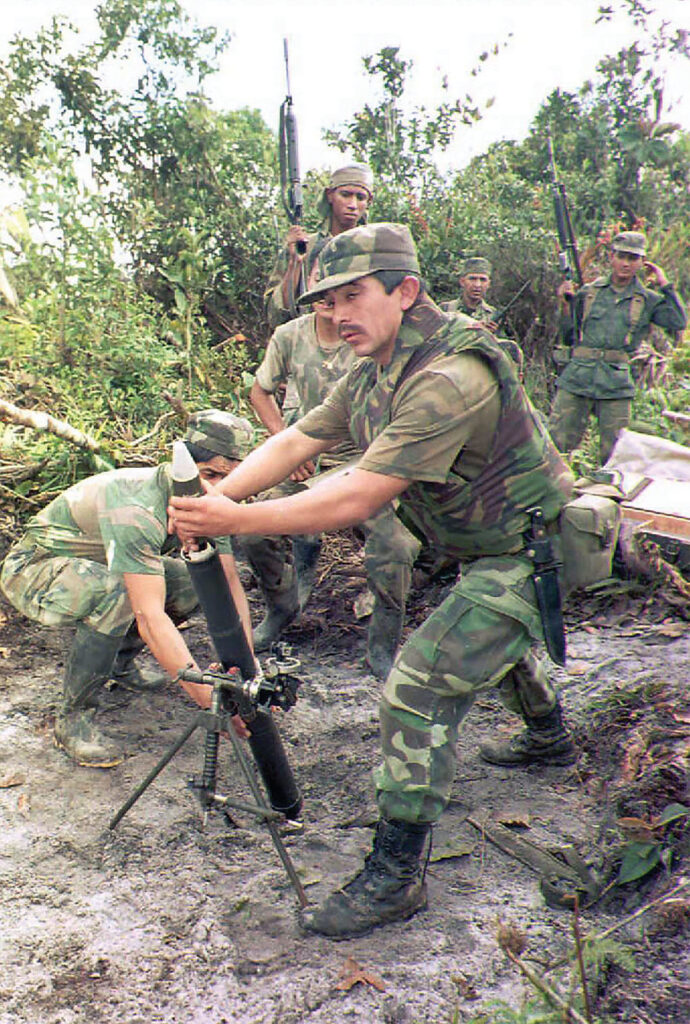
Despite its maintenance issues and lack of spare parts, the Peruvian air force flew as many as 16 sorties per day against Ecuadorian positions, but at a price. Ecuadorians armed with ground-based weapons, including the British-made Blowpipe shoulder-fired missile, shot down several Peruvian helicopters and attack aircraft. On February 6 a Peruvian English Electric Canberra B.68 bomber was lost with all aboard when it flew into the side of a mountain, apparently due to poor weather conditions. In an air-to-air battle on February 10 two Ecuadorian Kfir C.2s intercepted several Peruvian U.S.-built Cessna A-37B Dragonfly light attack aircraft and downed one, while two Ecuadorian Mirage F1JAs shot down two Peruvian Sukhoi Su-22M attack aircraft, though Peru denied the latter two were combat losses.
A problem faced by ground-attack aircraft of both air forces was the asymmetrical nature of the battlefield. Peruvian pilots in particular had difficulty distinguishing between friendly and enemy positions. For the most part the war was fought by platoon-sized elements. There were no “front lines.” A Peruvian unit might have an Ecuadorian platoon to its rear or vice versa. When the combatants finally agreed on a cease-fire and their respective armies were to disengage, the effort took more than two months due to the battlefield asymmetry.
“Clearly, Ecuador holds the key terrain,” one military analyst noted. “I know they have sufficient firepower, so that if they really wanted to take out the Peruvians, they could do so.…Ecuador can hold out for a long time.”
It didn’t have to. By early March both sides had agreed to a U.N.-brokered cease-fire calling for the separation of the combatants, demobilization of their armies, substantive negotiations and a normalization of diplomatic relations.
The butcher’s bill for the conflict came to a reported 34 killed for Ecuador and 60 for Peru. The war was estimated to have cost $1 billion.
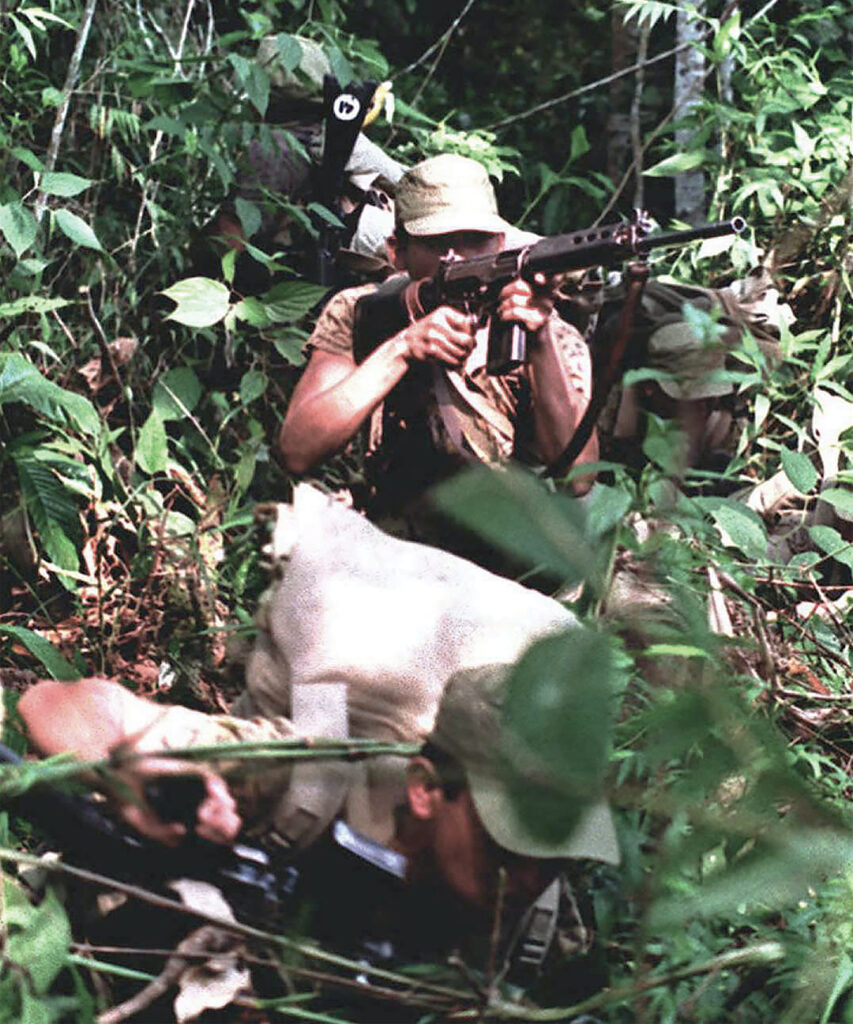
Though sporadic fighting broke out, generally the cease-fire held. Not until 1998 did the four original guarantors of the 1942 Rio de Janeiro Protocol—Chile, Brazil, Argentina and the United States—hammer out a permanent solution. Even then, the agreement was only possible because both Ecuador and Peru had significantly altered their long-held positions. Ecuador, in a massive sea change, agreed to work within the parameters of the Rio Protocol. Likewise, Peru reversed its long-held position there was no legitimate dispute.
The negotiations almost came to an abrupt halt when Ecuador buried its war dead in a cemetery it had created within the disputed zone. After months of negotiation on that issue alone, the guarantors devised a compromise by which the cemetery was deemed owned by Ecuador but under Peruvian sovereignty. Peru, in turn, agreed to give up any right to confiscate Ecuadorian property. The parties also agreed the area should be a demilitarized zone, and peacekeeping troops from the guarantor nations were to deploy in the zone as observers. Finally, Peru agreed to Ecuador’s unfettered access to the Amazon River. Both parties signed the Brasilia Presidential Act on Oct. 26, 1998, thus putting a definitive end to a more than 150 years of dispute.
Ecuador emerged the victor. Some commentators call it a stalemate, but the fact remains Ecuador was not, as the Peruvians had long intended, ejected from the Cenepa basin, but left of its own accord under the cease-fire protocol. It had prevailed by careful planning, improved logistics, shrewd choice of terrain and the use of modern technology, and after having revamped and rearmed its military. As Ecuadorian President Durán-Ballén stated, the victory was due to 14 years of military preparation since the 1981 debacle.
The Cenepa War has changed international thinking in several ways. First, it dispelled the long-held view that democracies don’t war with other democracies. Clearly, they can and do if the circumstances and national interests are right. Second, Ecuador’s successful use of modern technology proves a small state can fight a larger one on equal terms, thus presenting a real deterrent to its larger neighbor. Third, the war destroyed the notion Latin America has become a generally peaceful region not requiring close attention by third parties, such as the United States. U.S. foreign policy ignores Latin America at its peril.
Durán-Ballén emerged as one of Ecuador’s most popular presidents and elder statesmen, though scholars debate the legacy of his presidency. He died, much revered by the Ecuadorian public, at age 95 in 2016.
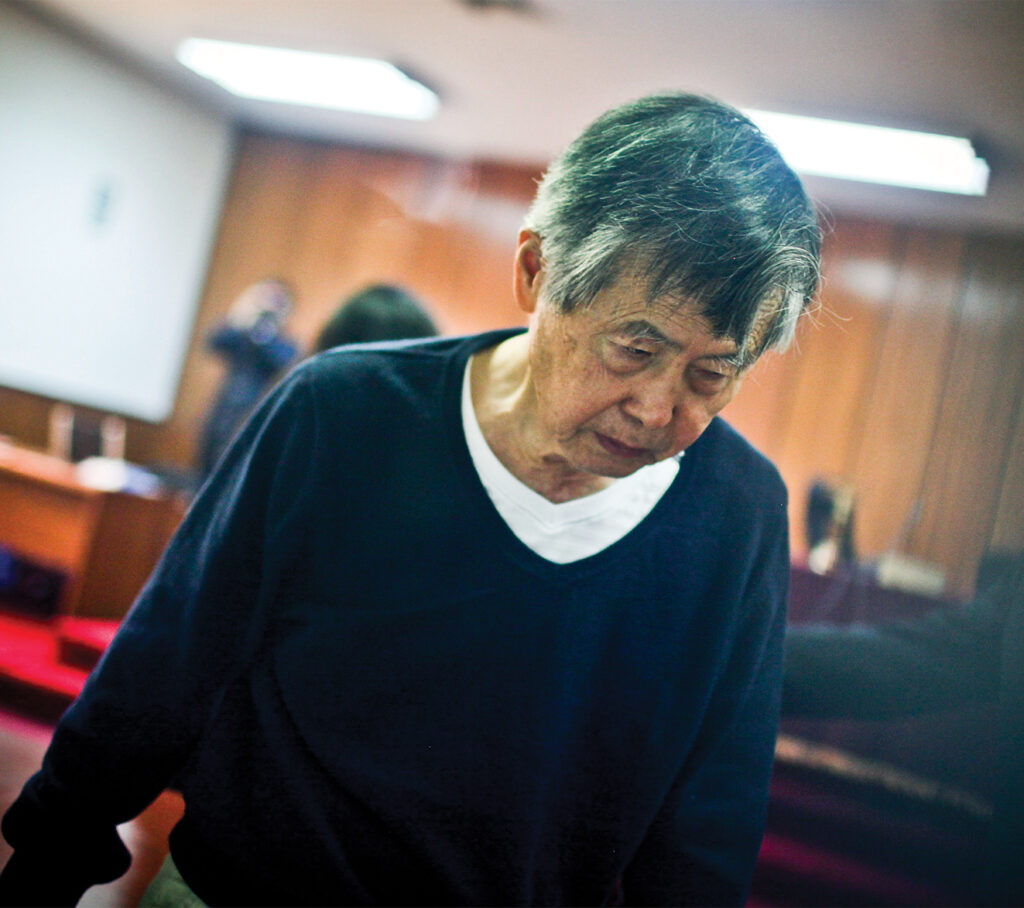
Although his administration defeated the Shining Path insurgency, significantly improved the economy and won re-election in April 1995 by a wide margin, President Fujimori became increasingly authoritarian. Facing charges of corruption and human rights abuses in 2000, he fled to Japan. Then, on a 2005 visit to Chile, he was arrested and later extradited to Peru. In 2007 Fujimori was convicted of illegal search and seizure, and two years later he was convicted of embezzlement, bribery and human rights violations, including the use or approval of death squads and torture. He is serving a 25-year prison sentence. Fujimori’s son, Kenji, served as a member of the Peruvian Congress from 2011 to 2018. His daughter, Keiko, ran for the presidency in 2011, 2016 and 2021, but was defeated each time.
Jerome Long is a former instructor at the U.S. Army Command and General Staff Officers’ Course who taught classes on such topics as military intelligence, operational warfare and military history. For further reading he recommends Latin America’s Wars, Vol. II: The Age of the Professional Soldier, 1900–2001, by Robert L. Sheina, and Air Wars Between Ecuador and Peru, Vol. 3: Aerial Operations Over the Cenepa River Valley, by Amaru Tincopa.
This story appeared in the 2023 Summer issue of Military History magazine.
historynet magazines
Our 9 best-selling history titles feature in-depth storytelling and iconic imagery to engage and inform on the people, the wars, and the events that shaped America and the world.


